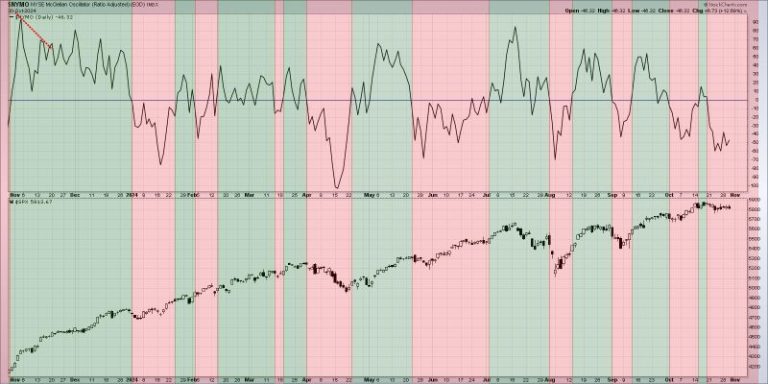Breadth divergences are powerful indicators that have long been used by investors and analysts to gauge the strength and direction of the stock market. As these divergences can provide valuable insights into the internal dynamics of the market, many traders are closely watching for signs that may signal a potential shift in market sentiment.
One of the key aspects of breath divergences is that they reflect the underlying strength or weakness of the market by comparing the performance of a broad range of stocks or sectors against the performance of a market index. When breadth divergences occur, it means that there is a disconnect between the overall market trend and the performance of individual components within the index.
For example, if a market index such as the S&P 500 is reaching new highs, but a majority of individual stocks are not following suit and are instead showing signs of weakness, this could be an indication of a lack of broad-based participation in the market rally. In such a scenario, market analysts may warn that the rally is not sustainable and may be prone to a correction in the near future.
On the other hand, if a market index is trading lower, but a significant number of individual stocks are still performing well and hitting new highs, this could indicate that there is underlying strength in the market despite the overall negative sentiment. In this case, analysts may predict that the market is likely to bounce back and resume its upward trend in the coming sessions.
It is essential for investors to pay attention to breadth divergences as they can provide valuable insights into market dynamics and help avoid potential pitfalls. By staying informed about the breadth of market participation and monitoring for divergences between the overall market and individual stocks, investors can make more informed decisions and better manage their portfolios.
In conclusion, breadth divergences play a crucial role in analyzing market trends and identifying potential shifts in sentiment. While they may not always signal the end of a bull market, they can serve as important warning signs that prompt investors to reassess their positions and adjust their strategies accordingly. Staying vigilant and incorporating breadth divergences into market analysis can help investors navigate the complexities of the stock market and make more informed investment decisions.



